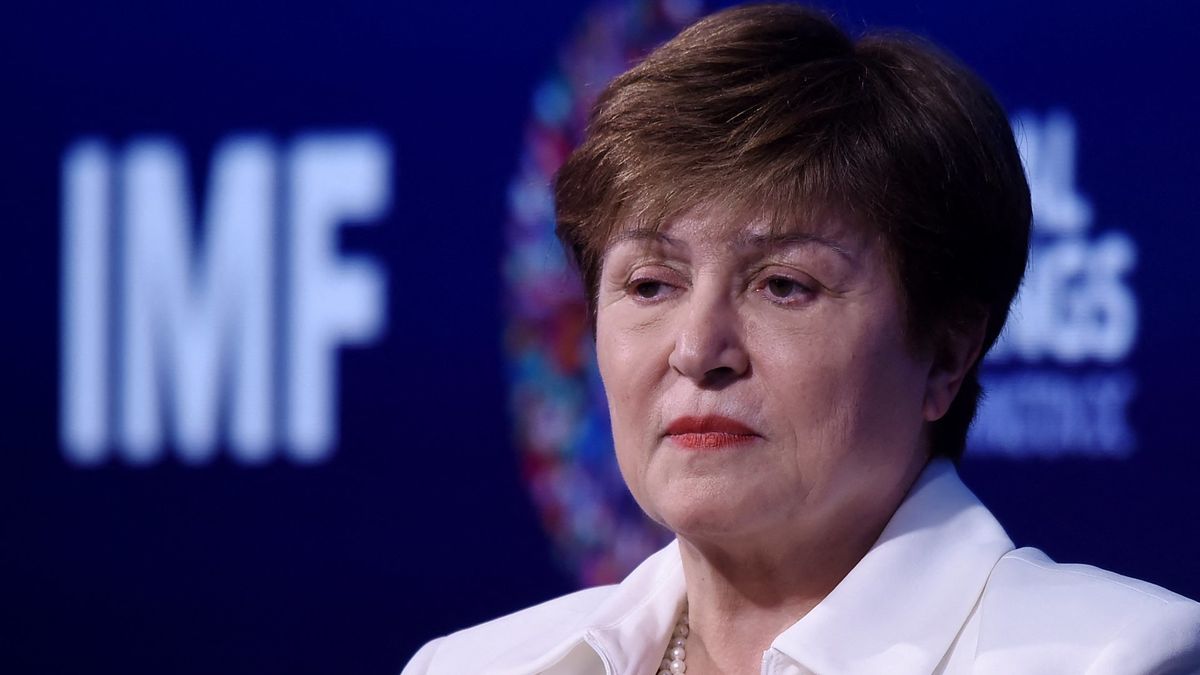Were the milestones mentioned by the official of transnational financial organizations hegemonized by the US highly improbable? Are they crises or manifestations of an underground crisis?
If presumptions of intentionality are ruled out regarding the swan of the pandemic, the most widespread argument is economic: it refers to the consequences of the agglomeration of different animal species due to growing difficulties in feeding human beings due to the concentration of wealth and rising income inequality.
the swan of war
Different theories, such as that of Keynes and Minsky, on the one hand, and the Marxist one, on the other, maintain that the economic cycle and crises as a moment of it are explained by fluctuations in the profitability of capital. It could be said that profitability is the invisible hand of the cycle: with the decrease in profitability, investment decreases, and with the decrease in investment, the economy falls. However, with the economic depression, not everyone loses: mergers and acquisitions centralize and concentrate capital.
The relative impossibility of solving this point constitutes a force to try to solve it by killing two birds with one stone: deteriorating rivals and capturing their economic spaces. In the nation that detonated atomic bombs in Hiroshima and Nagasaki they know about it.
Much has been said about the warnings of Kennan, an American cadre whose strategic thinking proved successful for US interests during the Cold War. He insisted that it would be a mistake to encircle post-Soviet Russia militarily because he would be left with no other alternative than a defensive maneuver to prevent it.
The swan of fragmentation
Since the end of the 1970s, while the decline in the profitability of capitals with headquarters in developed nations began to accentuate, China introduced a change of model. With the State as the economic protagonist, it would allow it in a few decades to lift a huge part of the population out of poverty, multiply real wages more than 15 times, develop and become autonomous in the design and production of capital goods in almost all items, increasing productivity. Today it is the second largest economy in the world.
The current characteristics of the financial system are closely linked to the breakup of the gold-dollar monetary standard in 1971, which had been in force since 1945. At the end of World War II, the US was unquestionably the greatest power in the world : owned most of the world’s monetary gold, the highest levels of productivity, produced capital and consumer goods. But he had a limit to the issue of money: the backing in gold. On August 15, 1971, he unilaterally broke this pattern and was able to issue almost unlimited dollars.
Currently, between 80 and 90 percent of transactions in the world are carried out with the dollar. To a large extent, the dollar is the reference for all assets, mediated by rates and exchange rates. But its economy is no longer the most thriving.
One point to keep in mind is that the highest inflation in the US in the last four decades is eroding the purchasing power of the dollar. The Federal Reserve has raised interest rates and plans to do so more, after years of flat negative real rates. On the one hand, it would value the dollar, but on the other, it could reduce growth and trigger a debt crisis for companies and nations.
The attempt to continue globalization for the few at gunpoint is forcing Russia and China to deepen their alliance, on the one hand, and distance themselves from the US, on the other.
The different economic sanctions on Russia carried out by the US and European countries due to the conflagration with its epicenter in Ukraine, generated a beginning of relative disconnection of the monetary and financial system of Russia, China and other nations, which begin to link their national monies to the productivity of their economies through vast amounts of gold, oil, gas and other raw materials.
What course is the most convenient in Argentina for the majority of society in this world of daily black swans?
* Economist UBA-UNDAV and member of Political Economy for Argentina (EPPA).
Source: Ambito
David William is a talented author who has made a name for himself in the world of writing. He is a professional author who writes on a wide range of topics, from general interest to opinion news. David is currently working as a writer at 24 hours worlds where he brings his unique perspective and in-depth research to his articles, making them both informative and engaging.




